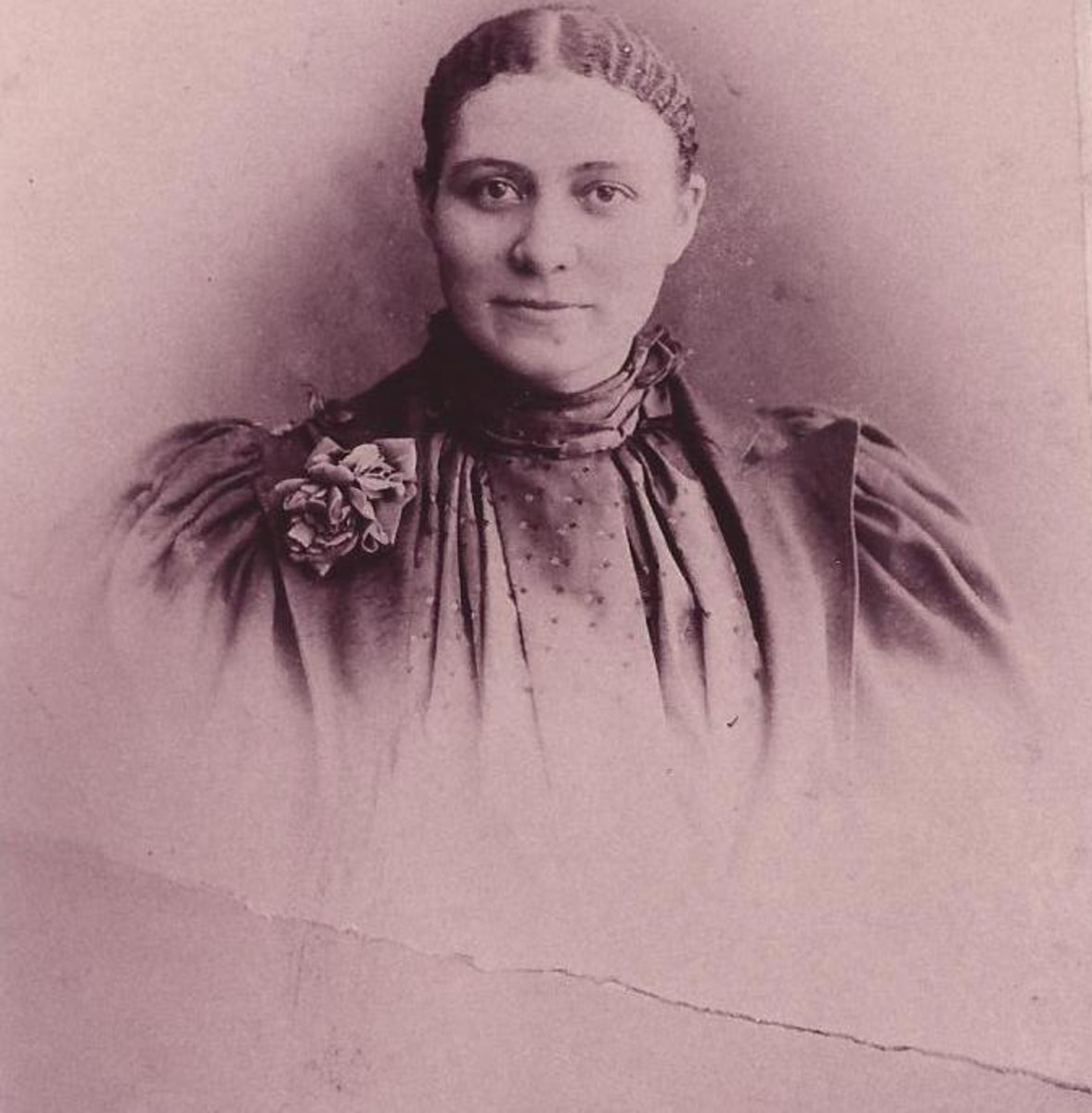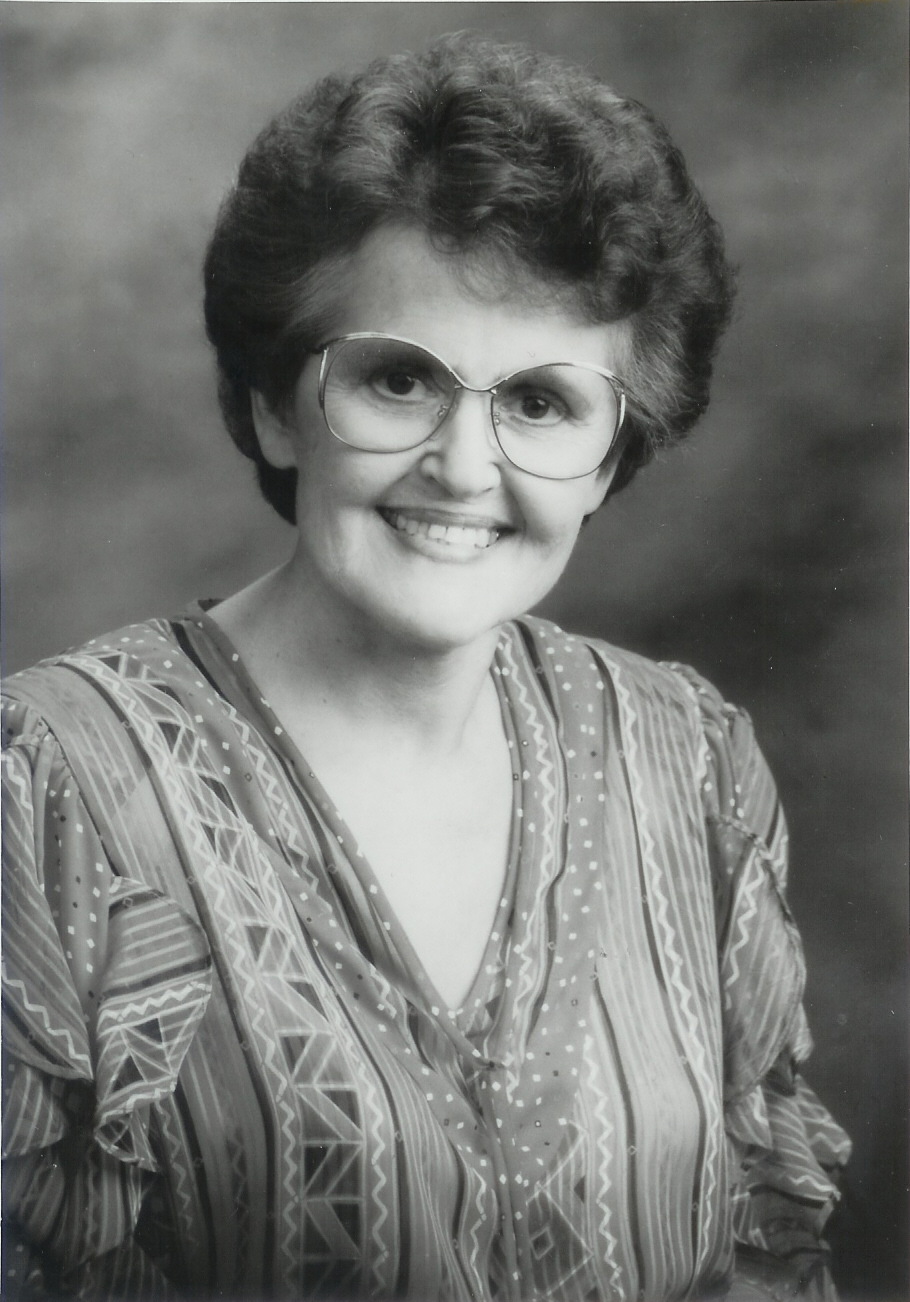
Anna Knight, nurse and teacher, was the first African American female Adventist missionary. Her story is one of many in the new Encyclopedia of Seventh-day Adventists.
The Encyclopedia of Seventh-day Adventists, available online at encyclopedia.adventist.org, tells the stories of distinguished Adventists in history and those less known or new to many Adventists today, including the stories of many Adventist women and minority Adventist Americans.
Did you know that Rachel “Anna” Knight, nurse and teacher, was not only the first African American female Adventist missionary sent anywhere, but also the first Black woman to be sent to India by a mission board of any denomination?
Did you know that Catharine “Kate” Lindsay was the first female Seventh-day Adventist physician and medical missionary? Lindsay was a leader in developing the first Seventh-day Adventist School of Nursing in Battle Creek, Michigan.
Did you know that Marcial Serna was the first Adventist minister of Mexican ancestry to work in the United States? Or that Ignacio Alvarado, a pioneering Hispanic Adventist in southern Texas, built the first Adventist church in the Rio Grande Valley, sparking the growth of Adventism among Spanish speakers throughout the state?
Or what about Marvin and Glen Walter, who built the first Adventist two-room clinic facility for the Navajos in Monument Valley on the Arizona-Utah border from materials left over from an old movie set? And did you know that Lilakai Julian Neil, the first baptized Seventh-day Adventist from among the Navajo people, later became the first woman elected to the Navajo Tribal Council?
Did you know the stories of the faithful Japanese-American Adventists during Japanese-American Internment (1942-1945)? They impel us to reaffirm our commitment to defending the rights of the vulnerable.

The story of Del Delker, famous recording artist with the Voice of Prophecy radio broadcast, is also in the ESDA Online.
And how about Del Delker, famous recording artist with the Voice of Prophecy radio broadcast, who sang and recorded music in 15 different languages during her ministry of more than 50 years? Or did you know that Eva B. Dykes, the founder of Oakwood University’s renowned choral ensemble, the Aeolians, was the first African American female to complete requirements for a Ph.D.?
These and hundreds other stories from North America — and thousands more from the other parts of the world — are found in the Seventh-day Adventist Church’s first online reference work, the Encyclopedia of Seventh-day Adventists (or ESDA), launched July 1, 2020.
What is ESDA?
The ESDA is the fruit of the worldwide Seventh-day Adventist Church. Launched with 2,000 articles, currently it features about 3,500 articles andmore than 7,000 photographs, most of them never published before. ESDA Online is a free resource that will be regularly revised: at least another 3,000 articles will be added, along with many more photographs, plus video, audio recordings, and original documents. In addition, existing articles can be corrected and augmented.
While a version will eventually appear in print, the ESDA Online, which is constantly being updated, will be both more flexible and more accurate than any printed work could ever be — and also easily available to anyone with a mobile phone, unlike bulky (and expensive) multivolume books.
Why ESDA?
The old Seventh-day Adventist Encyclopedia was published in 1966; the second revised edition appeared in 1996. The Adventist Church has experienced dramatic shifts in that time, not least in global membership. The old SDA Encyclopedia was written by a small group at the church’s headquarters in Washington, D.C., representatives of a church that was still largely of European descent. Since the 1990s Seventh-day Adventist historical scholarship has been transformed. Finally, numerous errors in the old SDA Encyclopedia have been identified, while many more sources have been discovered.
Thus, a new “go to” reference work, reflecting the astonishingly diverse and truly global church of the twenty-first century that allows all the possibilities of the digital age, is needed.
One concept for such an online work was conceived in the Adventist Review office, and the current encyclopedia has drawn on some ideas from it. Adventist scholars have produced short reference works, but they relied on the old encyclopedia for their information, and the works were not available online.
In 2014 the executive officers of the General Conference asked the Office of Archives, Statistics, and Research (ASTR), located in the world headquarters, to produce a replacement for the venerable SDA Encyclopedia. David Trim, director of ASTR, came up with a plan for a truly global and online encyclopedia, which the world church funded. Because it was to be an entirely new work rather than a revised edition, it was given a new title: the Encyclopedia of Seventh-day Adventists.
It has been prepared by hundreds of researchers and authors and dozens of editors from around the world, writing on the institutions, organizations, and first church members and church leaders of their own nations and people groups. All articles have been peer reviewed, which has expanded the number of Adventist scholars, administrators, and church members who have contributed to the project.
Trim has overseen the ESDA as editor, while the role of managing editor was filled by Benjamin Baker initially, and, since 2018, by Dragoslava Santrac.

Ignacio Alvarado, a pioneering Hispanic Adventist in South Texas who built the first Adventist church in the Rio Grande Valley, is also in the ESDA Online.
ESDA Goals
ESDA’s stated goals are:
• Supply reliable and authoritative information on Adventist history, crucial events and themes, organizations, entities, institutions, and people.
• Strengthen Adventist identity in a fast-growing worldwide movement, heightening awareness of distinctive doctrinal and prophetic beliefs.
• Provide a reference work for those new to Adventist faith, mature in the faith, and not of Adventist faith, to learn about all aspects of Adventism.
• Bring out the role of denominational organization in fulfilling the church’s mission.
• Highlight the missional challenges still remaining in order to “reach the world.”
• Reflect the nature of the world church today, both in subject matter and in those who write and edit the encyclopedia.
According to Trim, many articles still need to be written. Trim also states that many of those who’ve written articles to date found the experience faith-affirming, even transforming. He appeals to Adventist scholars of all disciplines, not just history, and to any church member who is passionate about Adventist heritage, to contact the ESDA office at encyclopedia@gc.adventist.org if they are willing to write or review articles, or share historical materials such as letters, diaries, and photographs. There are many more interesting, encouraging, sobering, inspiring stories from Adventist history waiting to be told.
